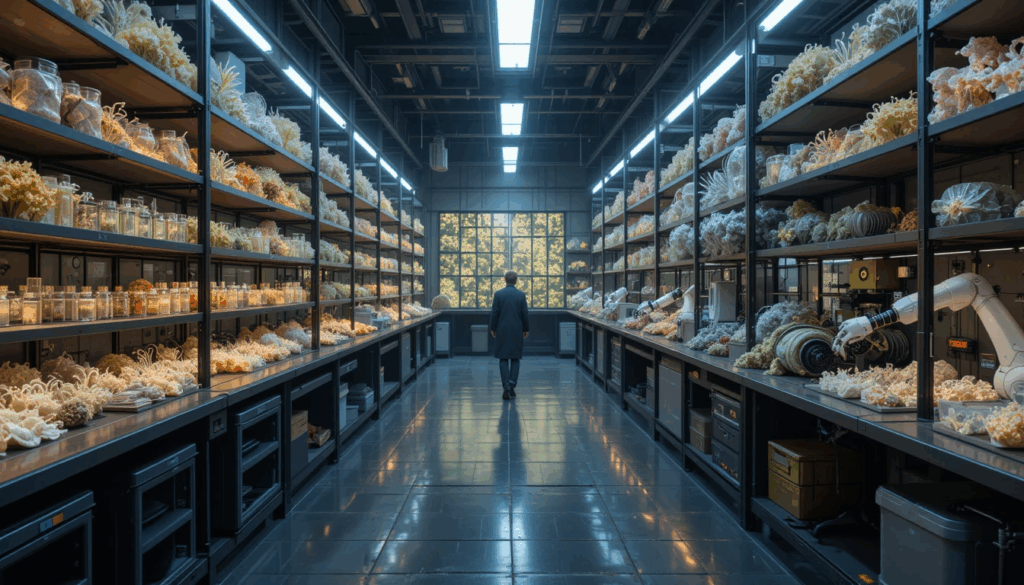The rise of sustainable innovation has brought incredible attention to bio-material supply chain volatility explained. Companies across fashion, food, and consumer goods are investing heavily in lab-grown material supply chain risks, seeing them as eco-friendly alternatives to traditional leather, textiles, and plastics. However, these futuristic materials come with challenges few anticipated.
Take mycelium leather production challenges, for example. While mushroom-based leather has been hailed as a cruelty-free replacement for animal hides, scaling production has proven complex. Factors such as temperature, humidity, and contamination can derail batches, leading to costly delays. Similarly, synthetic spider silk supply chain issues highlight the difficulties of replicating natural processes at industrial scales.
These hurdles create uninsured risks in bio-material production. Traditional insurers are hesitant to underwrite coverage because there’s little precedent or historical data to evaluate the probability of contamination, failed growth cycles, or logistics breakdowns. This leaves innovators vulnerable when supply chain failures in lab-grown textiles occur.
Another major concern is contamination risks in synthetic materials. Unlike conventional fabrics or leathers, lab-grown bio-materials require sterile environments and careful handling. A single error in the process can wipe out months of investment. For the fashion industry bio-material sourcing problems are not just scientific—they’re financial. When large brands depend on bio-materials for new product lines, any delay can result in missed launches and lost revenue.
The impact of lab-grown material shortages on brands extends beyond fashion. Food companies experimenting with lab-grown meat and alternative proteins also face production volatility. If a growth facility encounters contamination, entire supply chains grind to a halt, highlighting the fragile infrastructure of this emerging sector.
Looking ahead, companies and governments will need to explore new frameworks for the future of bio-material supply chain management. This may include specialized insurance models, stronger regulatory oversight, and diversification strategies to avoid over-reliance on a single source.
While bio-materials hold immense promise, the volatility of their supply chains reminds us that innovation always comes with hidden costs. The challenge will be building resilient systems that can withstand setbacks while still pushing toward a sustainable future.



